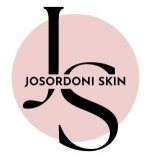
Moist.
One of those words that makes some people shudder, but as far as skin goes… I suppose hydrated might be more acceptable?
So, let’s talk about three types of hydrating ingredient: humectants, occlusives and barrier repair ingredients. Where is emollient in this list? Well, all these ingredients are emollients. An emollient is any ingredient that softens and smooths the surface of the skin, by filling in the gaps between the dead cells as they start to curl like dead leaves, but ingredients with this effect can also attract and hold moisture in various ways.
Check out the ingredient list on your moisturiser and see which of these are included:
Humectants:
A humectant’s job is to attract water into the skin. Water is, after all, the main thing that makes your skin moist. Be aware that a humectant will look for water in the nearest place, so if you are in a very dry environment, the nearest place to look for the water will be within the deeper levels of your skin, which is quite the opposite to what we want. (It’s a good idea if there is no moisture in the environment – maybe a dry season, or air conditioned or centrally heated room – to spray the skin with water before applying a moisturiser.) Look for :
Glycerine: the Cinderella of hydration, it’s been used for a long time, but isn’t talked about much. It doesn’t upset many skins, it’s so simple and it’s my humectant of choice.
Hyaluronic acid**: this is naturally found in our skins to hold hydration in the lower parts of the dermis, and is an excellent humectant. HOWEVER: if you have a compromised skin barrier, it can affect the skin, worsening inflammation, so you need to be careful. It’s included in just about everything at present, as it is such a buzz word ingredient, but in a lot of formulas it is very low down on the ingredient list, and is going to be thoroughly buffered by the rest of the formula and is unlikely to upset your skin. But it can build up until you are using too much if you have lots of products containing HA, no matter how little is included. If you think your moisturiser is making you break into spots or redness, or exacerbating your rosacea, have a look at your overall hyaluronic acid content.
**NOTE: If you use HA as a single active in serum form rather than included in a moisturiser, make sure to use it on dampened skin and then top it with an occlusive moisturiser. This way it will not pull moisture from deep in the skin, and won’t lose any water it absorbs to evaporation.
Urea: A wonderful humectant, and not found as often as it should be, other than in the best cream to make your cracked heels better. This lipid occurs naturally in the body as part of skin’s natural moisturizing factor and is amazing for dryer skins.
Occlusives:
An occlusive’s job is to seal in the water that the humectant has attracted to the skin. It’s no point in attracting water and then letting it all evaporate away, so a good moisturiser will include one or more probably several of these.
Petrolatum: The granddaddy of them all, and better known to us in the UK as Vaseline, this is often the second ingredient after water in a moisturiser. Don’t think any worse of it for that, it’s extremely effective and unlikely to bother the skin.
Silicones: most often Dimethicone (which comes in many different forms and molecular weights, all called dimethicone, but that is a discussion for a skin scientist), but anything ending in -icone is a silicone and will add slip to the formula as well as efficiently keeping moisture in place.
Shea butter and other butters (cocoa, coconut, jojoba), waxes like beeswax and carnauba and oils such as caster oil are also common occlusive ingredients.
Skin Barrier protective ingredients:
In addition to the above, moisturisers may include a variety of essential fatty acids that emulate the natural lipids in the skin and are designed to help re-establish the skin’s natural barrier, balancing the levels of ceramides, cholesterol and fatty acids, bringing the pH level of the skin to its perfect 4.5-5, and generally improving the natural capacity of the skin to repel free radicals and pollution from the air. Look for (although this list is not exhaustive):
Squalane
Linoleic Acid
Alpha-linoleic Acid
Oleic Acid
Formulas:
After the all important ingredients, the thing that can make or break a good moisturiser is how it feels on the skin. But where to start? The number of formulations on the market is massive, and in the end, it’s down to trial and error and your own skin type. Know whether you are dry, oily or combination and look for reviews from people with your skin type. Be particularly cautious online: a surprising number of skinfluencers have young, oily skin that will be much stronger, thicker and more resilient than our older, thinner, dryer skin.
The choice of skin-feel is personal. Some people (me included) like lighter textures, others prefer a richer feel.
Gel moisturisers:
Water Creams:
During the day, I like the lightest of formulas. I want my skin to feel satiny and dry to the touch, without being tight. I like a water-cream, a relatively new formulation and very light and quickly absorbed compared to the rich creams our mothers had available. I love this texture: originally it was mainly in Korean or Japanese formulations, but these days most skin ranges have at least one water based moisturiser. This formulation will show water as the first ingredient, then followed by a humectant, often either glycerine or petrolatum.
Oil-based:
My skin is dry on the cheeks, with a slightly oily central panel, so for the night-time I often mix up moisturisers, using something richer and greasier on my cheeks and a lighter, oil-free product on my central panel. Anything too rich brings out lumpiness under the skin on my forehead, so I keep that very lightly hydrated, whilst my cheeks will slurp up rich creams like the fluff on the top of a cappuccino. (I drink espresso, but surely everyone loves that frothy top fluff? With the cocoa sprinkles?) I sometimes top up my moisturiser with the very lightest smear of pure Vaseline over my cheeks and lips. My problem is that I hate a greasy feel so I usually leave the mixture on my face for ten minutes or so, then gently dab away any excess before going to bed. Usually this lasts until morning, though sometimes I will top up the moisturiser if I get up during the night and think my skin feels dry.
I’m currently liking:
Day:
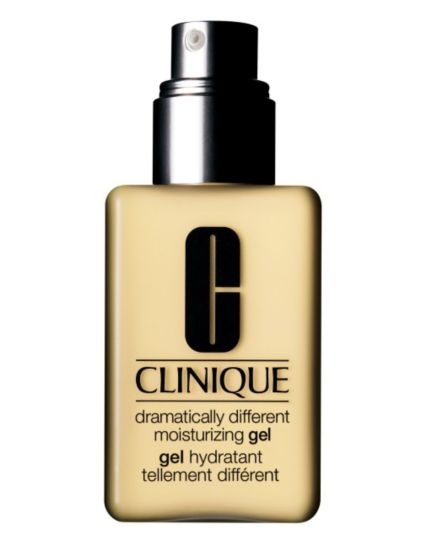
Clinique Dramatically Different Oil-free gel moisturiser
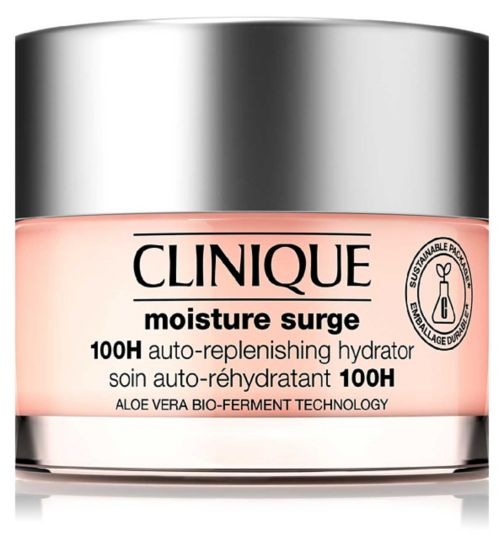
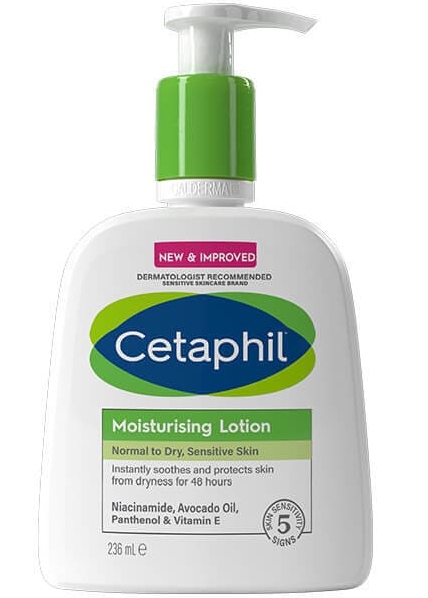
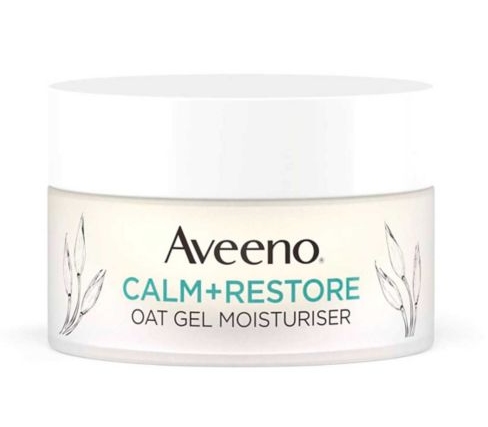
Night:
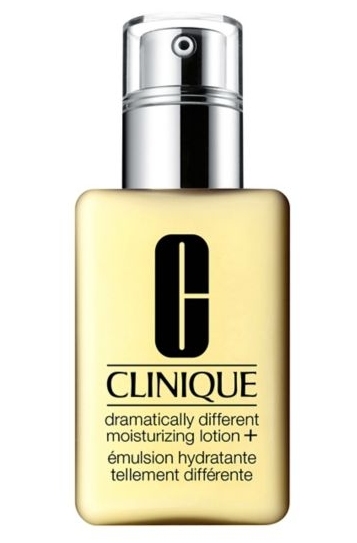
Clinique Dramatically Different original moisturiser
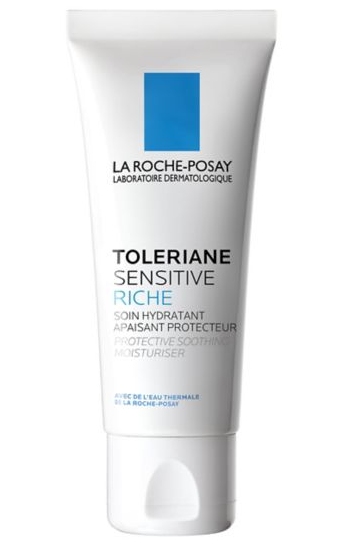
La Roche-Posay Toleraine Riche cream
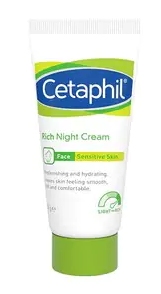
Cetaphil rich night cream
Vaseline (Did you know Marilyn Monroe smeared Vaseline under her makeup to give that glow she had? Brilliant stuff. )
I am still on the hunt for a perfect moisturiser – let me know what you’ve tried and tested and loved.
Please note: This site reflects my personal opinions and should not be taken as professional advice. Please consult a skin professional if you have any major concerns.
